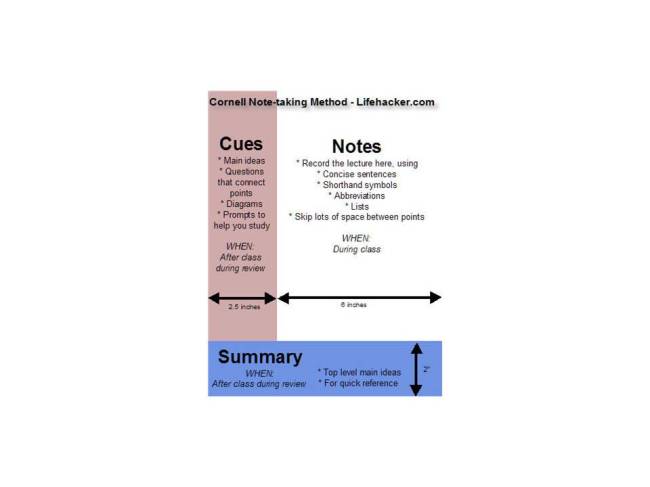On the day of class, show up a few minutes early. Greet the professor or teaching assistant as you’re walking in. As the teacher is preparing the board, take the opportunity to ask a question about the material that was previously covered or that emerged from your pre-reading.
Once class begins, here are a few tips for mastering your learning.
Sit Front and Center
Sit in a location that will receive most of the instructor’s visual attention. In most classrooms, it’s front and center, though if you’re in a large lecture hall, it may be a few rows up at eye level. Getting most of the eye contact with the lecturer assures you that you’ll be seen. If she’s a good teacher, she’ll look for visual cues on the faces of the students to gauge their reaction to the material being presented. If yours is the face she sees most often, it’s more likely that your responses will govern the pace of the lecture.
At the front and center position, you’ll be seen most frequently when you signal that you have a question. It also forces you to stay alert. If you’ve taken my advice and you’ve done the reading ahead of time, then you’ll be engaged because you’ll already be somewhat familiar with the material. Your mind will gleefully lurch from “a ha” moment to “a ha” moment. The instructor will see that in your facial expressions, note-taking, and questions you raise.
By having most of the “air time”, over time, your professor will associate you with being a good and strong student. This may come in handy during grading!
What if I’m Tired?
Dozing off in class while sitting front and center (or anywhere) will hurt the impressions the professor or TA will have of you. It’s important to stay alert. If you’re tired, then force yourself to stay awake and engaged. Take a break and go splash water on your face. Chew gum. Whatever it takes, don’t fall asleep. If nothing works, then don’t sit there. You’ll be hurt more by falling asleep in the instructor’s face than moving to the back of the class.
Take Useful Notes
Some educators recommend a variety of note-taking techniques. The Cornell method is the most popular approach (see above).[i]
This system recommends you divide up your page and take notes in a “Notes” section that occupies about 2/3 of the page. Don’t write every word, but use concise sentences, symbols, and abbreviations to capture what’s being said.
While you’re writing, continuously ask yourself about the meaning of the material being taught. Keep a dialogue in your head. How does this theory or concept square with your reading? Is the professor emphasizing a point that you should remember later? What connections can you make with other material taught in this or other classes? This active learning approach assures you of maximum learning while in class (mentally encoding new material). The key here is not to be a passive Xerox machine, but to intellectually stay engage as it’s happening.
The other areas of your note page –Cues and Summary—should be used to write down questions and summarize concepts, respectively, to make it easier to review later on. Use the Cues area to write your questions you’ll ask your professor, TA or study group partners either during or after class. (I’ll discuss what you should do immediately after class in more detail in the next post.)
I didn’t use the Cornell system as an undergraduate or a graduate student. I just wrote everything on the board in my notebook, which was not the most efficient and effective approach. If I had a question, though, I would write it in the margins. The key is to experiment with multiple techniques early in the semester and find the approach that works for you.
Avoid Distractions
If you take notes on a laptop or iPad and have a tendency to get distracted, surf the web, browse Facebook, answer instant messages, or check Twitter feeds, then close the laptop, turn off the iPad, and take notes the old fashioned way. (Studies show that we’ll begin to look for distractions minutes into a lecture.) And put your phone away (unless you use it the camera or voice recorder to take notes).
Texting or taking a call in class is the best way to learn nothing and piss off the professor while you’re at it. If you have to text, don’t do it from the “front and center” seat. If you’re there, excuse yourself, go out in the hall, take care of your business, and get back to learning.
In the end, you’re not there to tolerate the class, you’re there to learn and contribute.



Karl,
Very good food for thought. I hope our HBCUs are taking note.
Brenda Senter